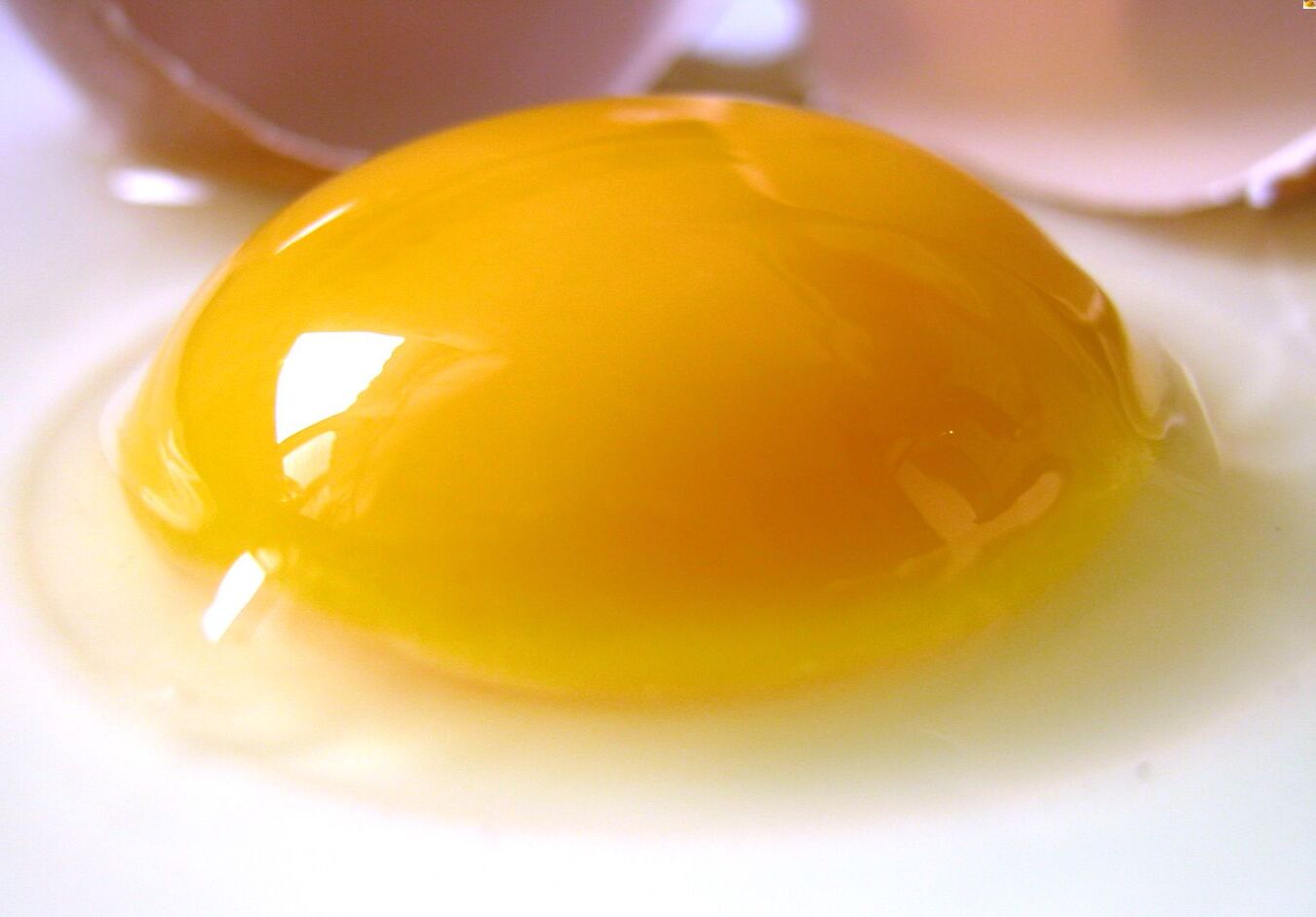
Sweet William, also known as Dianthus barbatus, is a marvelous flowering plant that has captured the hearts of garden enthusiasts for centuries. Its vibrant and fragrant blooms make it a favorite choice for adding beauty and charm to gardens, borders, and even floral arrangements. But there’s so much more to this stunning plant than meets the eye. In this article, we will uncover 18 astonishing facts about Sweet William that will leave you amazed and inspired to grow this delightful plant in your own garden. From its rich history to its various species and unique characteristics, Sweet William is truly a plant that deserves to be celebrated. So, let’s dive in and discover the fascinating world of Sweet William!
Key Takeaways:
- Sweet William is a colorful and fragrant flowering plant that attracts pollinators and symbolizes admiration and finesse. It’s easy to grow and can be used in gardens, bouquets, and even traditional medicine.
- Sweet William, named after Prince William of Orange, has cultural significance and culinary uses. It self-seeds, attracts butterflies, and inspires poetry, making it a versatile and long-lasting addition to any garden.
Sweet William is a popular flowering plant
Sweet William (Dianthus barbatus) is a well-loved perennial plant that belongs to the carnation family. It is cherished for its beautiful and fragrant flowers.
Sweet William is native to Europe and Asia
Originally found in Europe and Asia, Sweet William has naturalized and is now cultivated in gardens across the world.
Sweet William comes in a variety of colors
The flowers of Sweet William can be found in a wide range of colors, including shades of pink, red, white, and purple. This vibrant palette adds a burst of color to any garden.
Sweet William attracts pollinators
The fragrant blooms of Sweet William act as a magnet for bees, butterflies, and other beneficial insects, making it a great addition to any pollinator garden.
Sweet William has a sweet and spicy scent
The flowers of Sweet William emit a pleasant fragrance that has hints of both sweetness and spice. This delightful scent adds to its overall charm.
Sweet William is easy to grow
Whether you are an experienced gardener or a novice, Sweet William is a relatively easy plant to grow. It thrives in well-drained soil and prefers full sun to partial shade.
Sweet William blooms in late spring to early summer
The flowering season of Sweet William typically occurs in late spring to early summer, adding a splash of color to your garden during this time.
Sweet William can be used as a cut flower
The long-lasting blooms of Sweet William make it a popular choice for floral arrangements. Its vibrant colors and sweet scent make it a standout in bouquets.
Sweet William symbolizes gallantry and finesse
This charming flower has been associated with expressions of admiration, appreciation, and finesse. It is often given as a gift to convey heartfelt emotions.
Sweet William was named after Prince William of Orange
The origin of the name “Sweet William” can be traced back to the 18th century when it was named after Prince William of Orange. The flower was seen as a symbol of his charm and grace.
Sweet William has a rich cultural significance
In various cultures, Sweet William holds cultural significance. For example, in some folk traditions, it is believed that carrying a sprig of Sweet William can bring good luck and protection.
Sweet William is used in traditional medicine
Some herbalists utilize Sweet William in traditional medicine for its potential health benefits. It has been used to treat respiratory conditions, improve digestion, and reduce inflammation.
Sweet William is a versatile plant
Aside from its ornamental use in gardens and floral arrangements, Sweet William can also be grown in containers, window boxes, and borders, making it a versatile choice for different garden settings.
Sweet William can self-seed
One of the intriguing characteristics of Sweet William is its ability to self-seed. This means that if left to mature, it can produce new plants on its own.
Sweet William is loved by butterflies
The nectar-rich flowers of Sweet William are particularly attractive to butterflies, making it a valuable plant for creating habitats and supporting these beautiful insects.
Sweet William has inspired poetry and literature
Through its beauty and symbolism, Sweet William has captured the attention of poets and writers throughout history. It has been mentioned in various literary works and often represents love and admiration.
Sweet William has culinary uses
In some cultures, Sweet William flowers are used as a garnish or ingredient in dishes. They can add a touch of color and mild flavor to salads, desserts, and even cocktails.
Sweet William is a long-lasting perennial
Once established, Sweet William can continue to bloom for many years, providing beauty and joy in your garden season after season.
Conclusion
In conclusion, Sweet William is a fascinating plant with a rich history and a wide range of uses. From its beautiful and fragrant blooms to its medicinal properties and cultural significance, there is so much to discover about Sweet William. Whether you are a gardener looking to add color to your landscape, a herbalist seeking natural remedies, or simply someone intrigued by the wonders of nature, Sweet William is a plant worth exploring.
FAQs
Q: What is Sweet William?
A: Sweet William is a perennial plant that belongs to the carnation family. It is known for its clusters of colorful and fragrant flowers.
Q: How tall does Sweet William grow?
A: Sweet William typically grows to a height of 12 to 24 inches, although some cultivars may grow taller.
Q: How long do Sweet William flowers last?
A: The flowers of Sweet William have a relatively long blooming period, usually lasting from late spring to early summer.
Q: Can Sweet William be grown indoors?
A: While Sweet William is primarily grown outdoors, it can be successfully grown indoors in containers or pots. However, it requires sufficient sunlight and proper care.
Q: Is Sweet William easy to care for?
A: Yes, Sweet William is relatively easy to care for. It prefers well-drained soil, regular watering, and partial to full sun exposure.
Q: Can Sweet William be used in cooking?
A: Yes, Sweet William flowers are edible and can be used as a decorative element in salads, desserts, and beverages.
Q: Does Sweet William have any medicinal properties?
A: Yes, Sweet William has been used in traditional medicine for its anti-inflammatory and antiseptic properties. It has also been used to treat respiratory ailments and digestive issues.
Q: Can Sweet William attract pollinators?
A: Yes, Sweet William is a popular choice for attracting bees, butterflies, and other pollinators to your garden due to its vibrant colors and fragrance.
Q: How do I propagate Sweet William?
A: Sweet William can be propagated through seeds or by dividing existing plants in early spring or late summer.
Q: Are there different varieties of Sweet William?
A: Yes, there are numerous cultivars of Sweet William available, offering a wide range of flower colors, sizes, and patterns.
Sweet William's captivating beauty and rich history make this flower a true gem in any garden. Its vibrant colors, sweet scent, and easy maintenance are just a few reasons why gardeners adore this charming plant. Delving deeper into the fascinating world of Sweet William reveals even more astonishing facts that will leave you amazed. From its symbolism and cultural significance to its versatility and culinary uses, there's so much more to discover about this beloved flower.
Was this page helpful?
Our commitment to delivering trustworthy and engaging content is at the heart of what we do. Each fact on our site is contributed by real users like you, bringing a wealth of diverse insights and information. To ensure the highest standards of accuracy and reliability, our dedicated editors meticulously review each submission. This process guarantees that the facts we share are not only fascinating but also credible. Trust in our commitment to quality and authenticity as you explore and learn with us.


